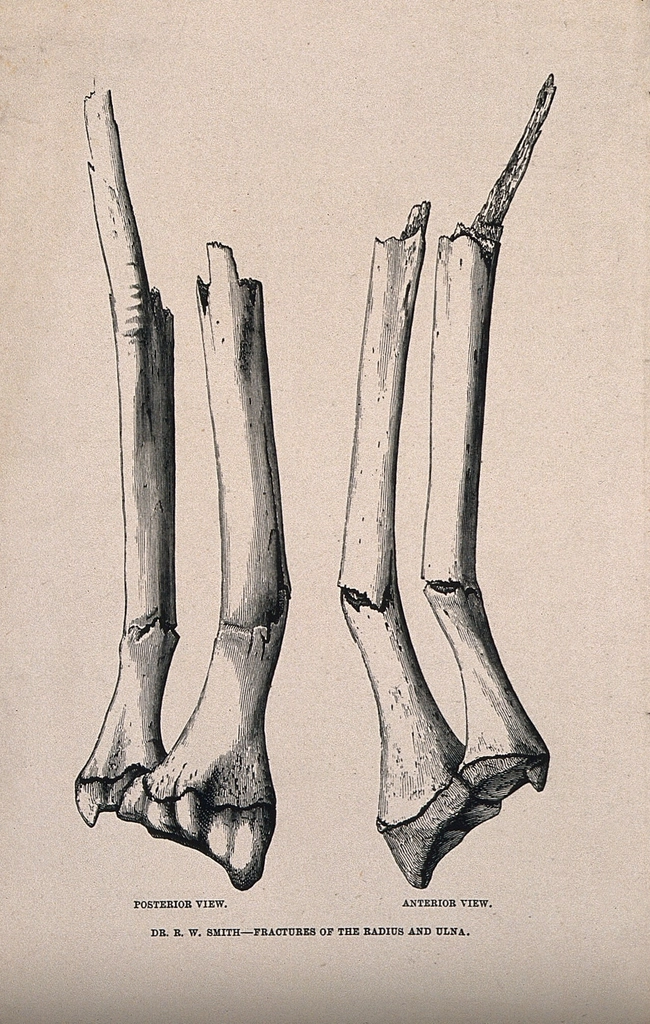A fracture is when a bone breaks — it can be a small crack or a complete break. Some fractures happen from a big accident, while others occur because the bone has been weakened by disease. Getting the right treatment quickly is important to prevent long-term damage.
You can ask your own question to a licensed healthcare provider here for free. It may take up to 7 days to get an answer. If you want a consultation in minutes, book now with Hope+ our premium and best health consultation service in Uganda.
Causes of Fractures
Fractures can happen for several reasons:
- Injuries and accidents such as road traffic accidents, falls, sports injuries, or assaults.
- Weakened bones due to conditions like bone cancer, tuberculosis of the bone, bone infections (osteomyelitis), or osteoporosis.
Signs and Symptoms of a Fracture
You may have a fracture if you notice:
- Pain and tenderness where the bone is injured
- Swelling and sometimes visible deformity
- Inability to move or use the affected part normally
- If the bone has broken the skin, it’s called an open fracture. If there’s no wound, it’s a closed fracture.
What Can Look Like a Fracture but Isn’t
Sometimes other problems can cause similar symptoms, such as sprains, dislocations, bone infections, or bone cancer.
First Aid for Suspected Fractures
If you think someone has a broken bone:
- Check blood flow and feeling below the injury. If there’s no pulse or sensation, seek emergency care immediately.
- Immobilise the injury — keep the bone still by using a splint or padding.
- Apply ice or a cold cloth to reduce swelling.
- Raise the injured part above heart level if possible.
- Give tetanus protection if the person isn’t fully vaccinated.
- If there’s serious soft tissue injury, antibiotics may be given before transfer to hospital.
- Seek urgent medical help — most fractures need assessment at a higher-level facility with X-rays and proper treatment.
Important Safety Notes
- Do not try to straighten a bone yourself.
- For rib or head injury cases, avoid strong painkillers like pethidine or morphine, as they can slow breathing.
- Sprains, strains, and dislocations can sometimes be managed in a similar way, but still need medical evaluation.


